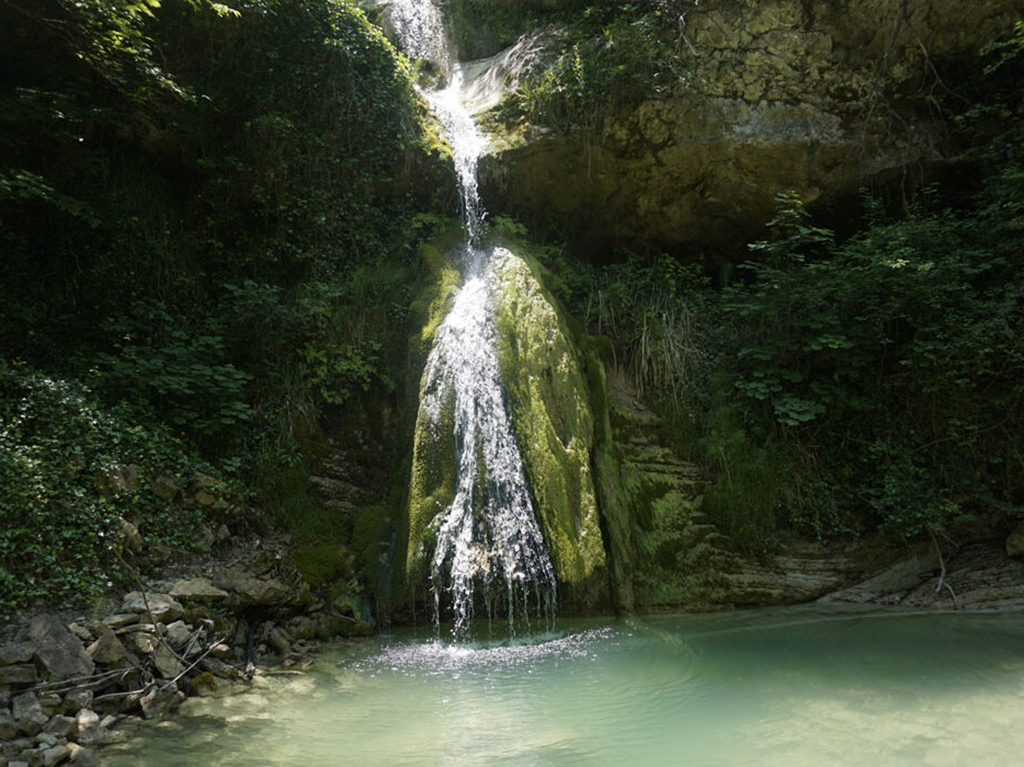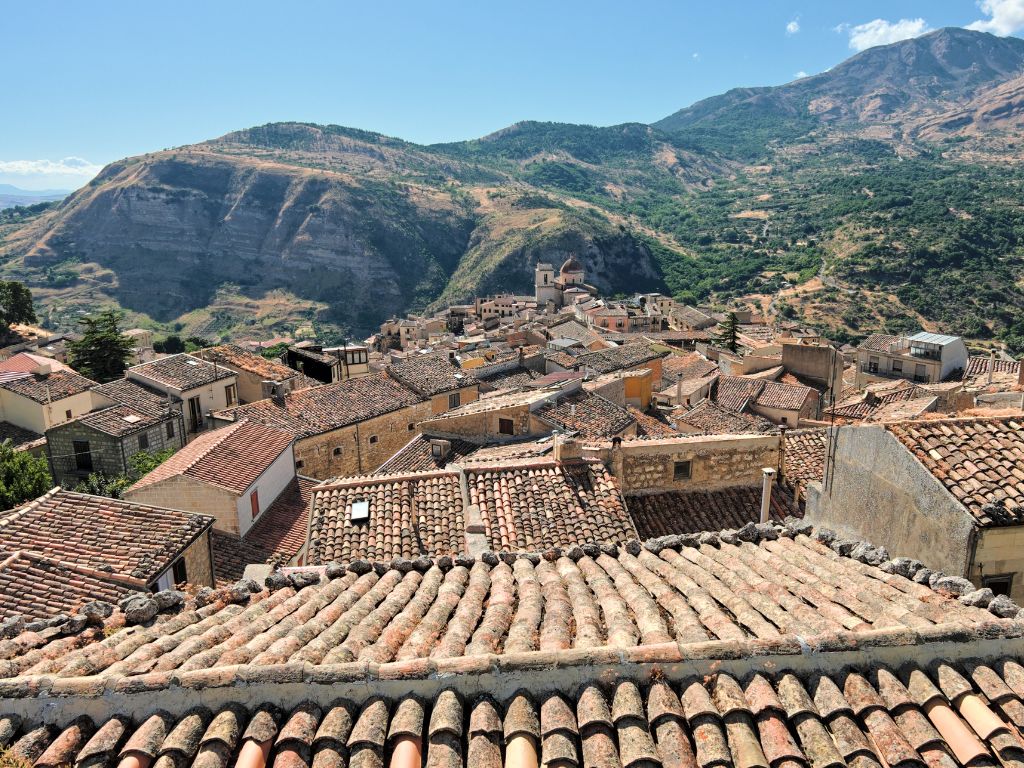St. Peter's Basilica, situated in the heart of Vatican City in Rome, is one of the most iconic and revered places of worship in the world. Symbolizing the spiritual power of the Catholic Church and a masterpiece of Renaissance architecture, this imposing basilica attracts millions of visitors every year. In this article, we will explore the grandeur of St. Peter's, from its fascinating history to its stunning architecture.
Unveiling St. Peter's Basilica: Architectural & Spiritual Grandeur in Rome
History and Significance
St. Peter's Basilica stands on the site where, according to Christian tradition, Saint Peter, one of the twelve apostles of Jesus Christ, was martyred and buried. The current building is the result of centuries of work and different phases of construction, starting with the original basilica commissioned by Constantine in the 4th century. The basilica we see today was completed in 1626 and showcases a wide variety of architectural styles, including Renaissance, Baroque, and Neoclassicism.
Architectural Description
St. Peter's Basilica enchants visitors with its grandeur and timeless beauty. The main facade is dominated by two semicircular colonnades, known as Bernini's colonnade, which welcome worshippers into the basilica's portico. Inside, the immense central nave stretches for over 190 meters, culminating in Michelangelo's majestic dome, one of the most celebrated works of Renaissance art. Frescoes, sculptures, and artworks by renowned artists such as Michelangelo, Bernini, and Raphael adorn altars and chapels, creating an extraordinary visual experience.
Spiritual and Religious Importance
St. Peter's Basilica is the most important sacred site in Catholicism and the heart of Christianity. Every Sunday, the Pope celebrates Mass in the basilica, and significant religious events such as Christmas Mass and papal elections take place here. The basilica is also a pilgrimage destination for Catholic faithful from around the world, who come to Rome to venerate relics and pray at the tomb of Saint Peter.
Treasures and Monuments
St. Peter's Basilica is a treasure trove of artworks and sacred relics collected and preserved over the centuries. These treasures bear witness to the basilica's spiritual and historical significance and attract numerous visitors from all over the world. Here is an overview of the main treasures housed within St. Peter's Basilica:
- Saint Peter's Baldachin: Located above the main altar, the baldachin is an imposing Baroque bronze structure designed by Gian Lorenzo Bernini. It represents one of Bernini's most famous masterpieces and was created between 1624 and 1633. The baldachin is adorned with rich decorations, including volutes, cherubs, and acanthus leaves, symbolizing the authority and centrality of the papacy.
- Michelangelo's Pietà: This white marble sculpture, created by Michelangelo around 1499, depicts the Virgin Mary holding the body of Christ after his crucifixion. It is one of the most admired works of art in the world and is located within a chapel on the right, shortly after the main entrance of the basilica. Michelangelo's Pietà is notable for its grace, anatomical perfection, and the expression of both sorrow and serenity.
- Tomb of Saint Peter: The basilica houses the tomb traditionally associated with Saint Peter, one of the twelve apostles of Jesus Christ and the first Pope. Saint Peter's tomb is located beneath the main altar, in the Confessio of Saint Peter, and holds great religious significance. Visitors can access the Confessio through a staircase leading to the underlying grottoes, where the tombs of other Popes are also situated.
- Statues and Funerary Monuments: Inside St. Peter's Basilica, there are numerous funerary monuments and statues dedicated to Popes, cardinals, and other important figures in the history of the Catholic Church. These artworks commemorate their lives and contributions to the Christian faith. For example, the statue of Saint Peter, located in the left nave, is an ancient bronze work that pilgrims touch as a sign of devotion.
- Chapel of the Blessed Sacrament: Situated at the end of the right nave, the Chapel of the Blessed Sacrament is a place of Eucharistic worship. The chapel houses a magnificent relic of the Blessed Sacrament, which is displayed for the veneration of the faithful. The environment is adorned with frescoes, sculptures, and mosaics that create a spiritual and solemn atmosphere.
St. Peter's Basilica holds many other artistic treasures and relics of great importance. Every corner of the basilica offers an opportunity for discovery and admiration for visitors, who can immerse themselves in the historical and spiritual richness of this remarkable structure.
Conclusion
St. Peter's Basilica is much more than a mere religious building. It is a symbol of faith, history, and architectural beauty. Every year, millions of people gather to admire its grandeur and be captivated by its spiritual aura. With appropriate SEO strategies, the online visibility potential of St. Peter's Basilica can be further enhanced, allowing an even broader audience to discover and appreciate this timeless wonder.



























